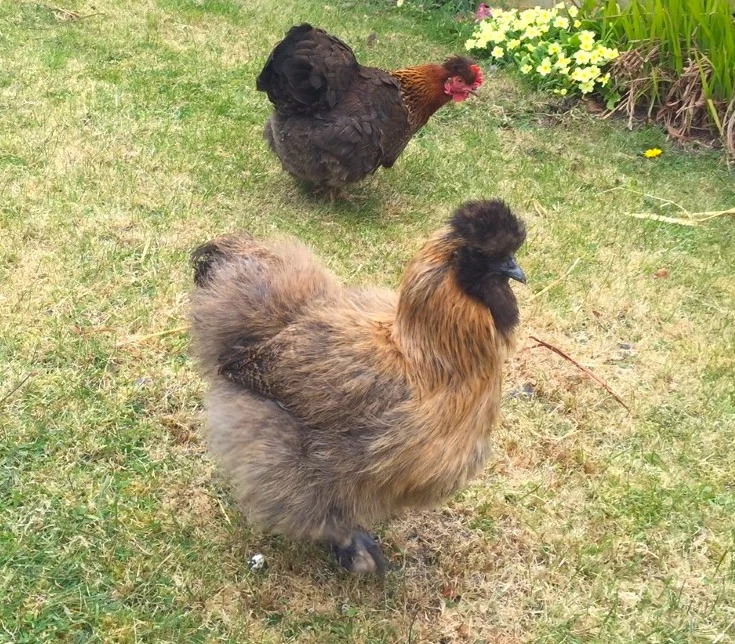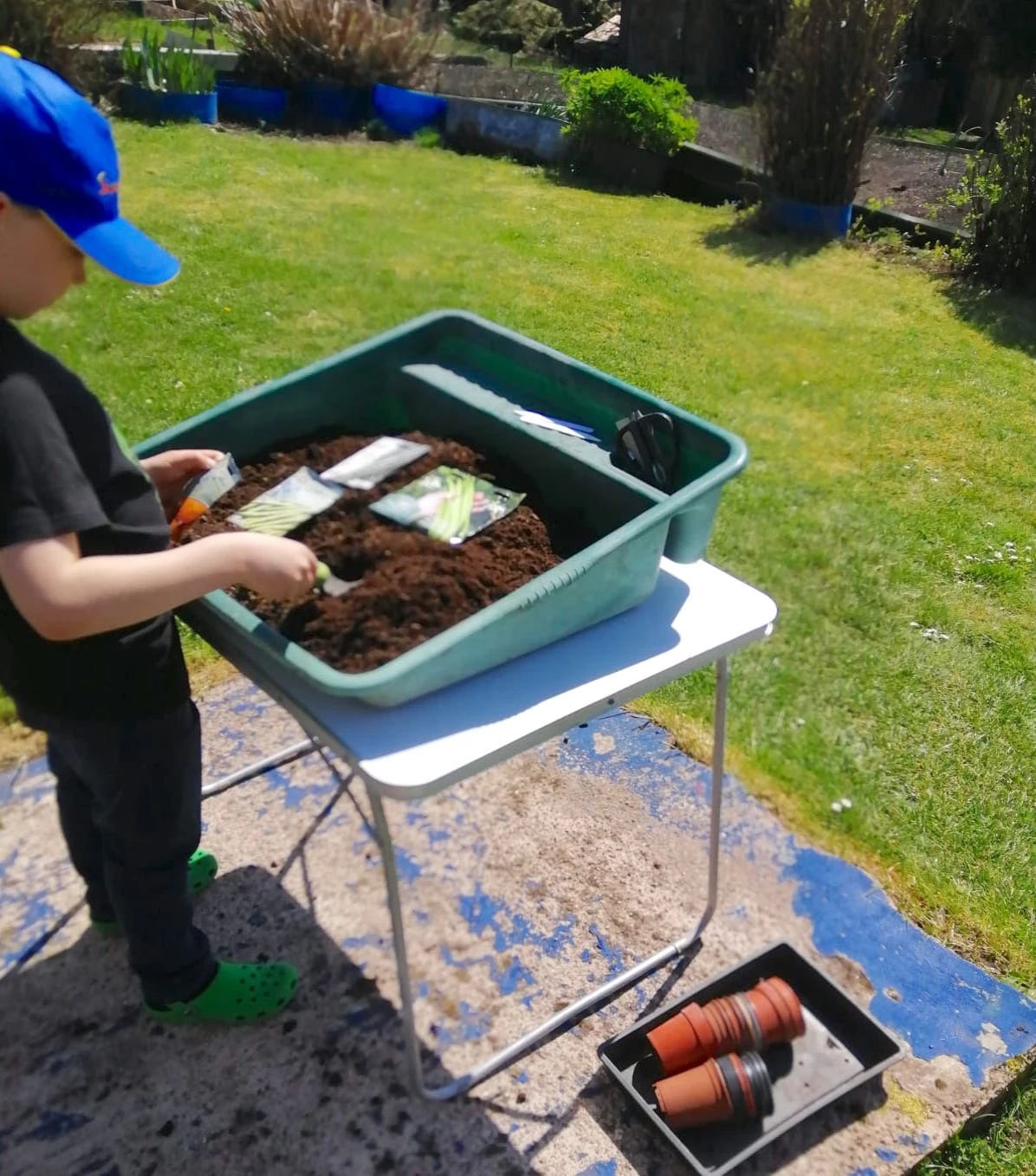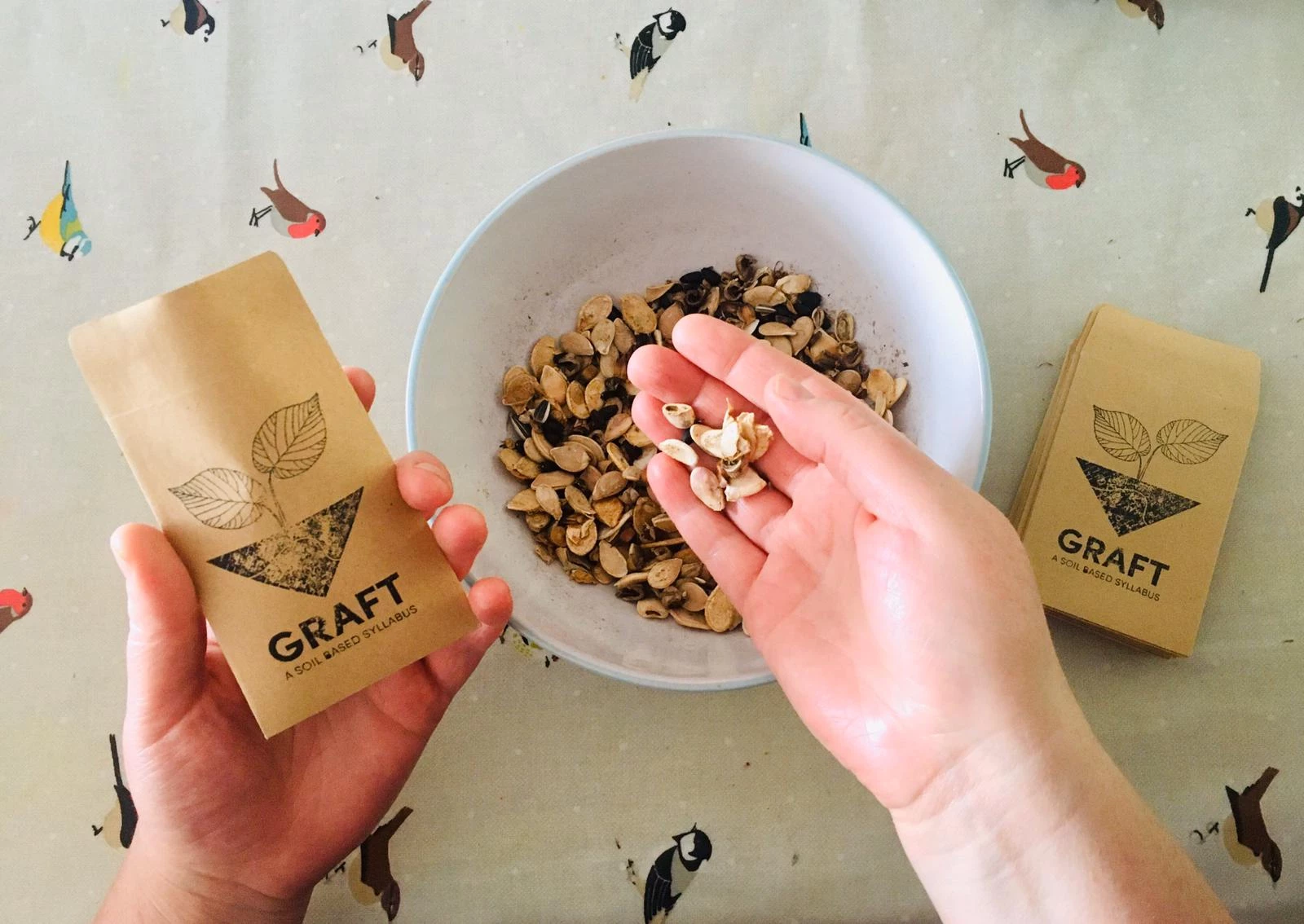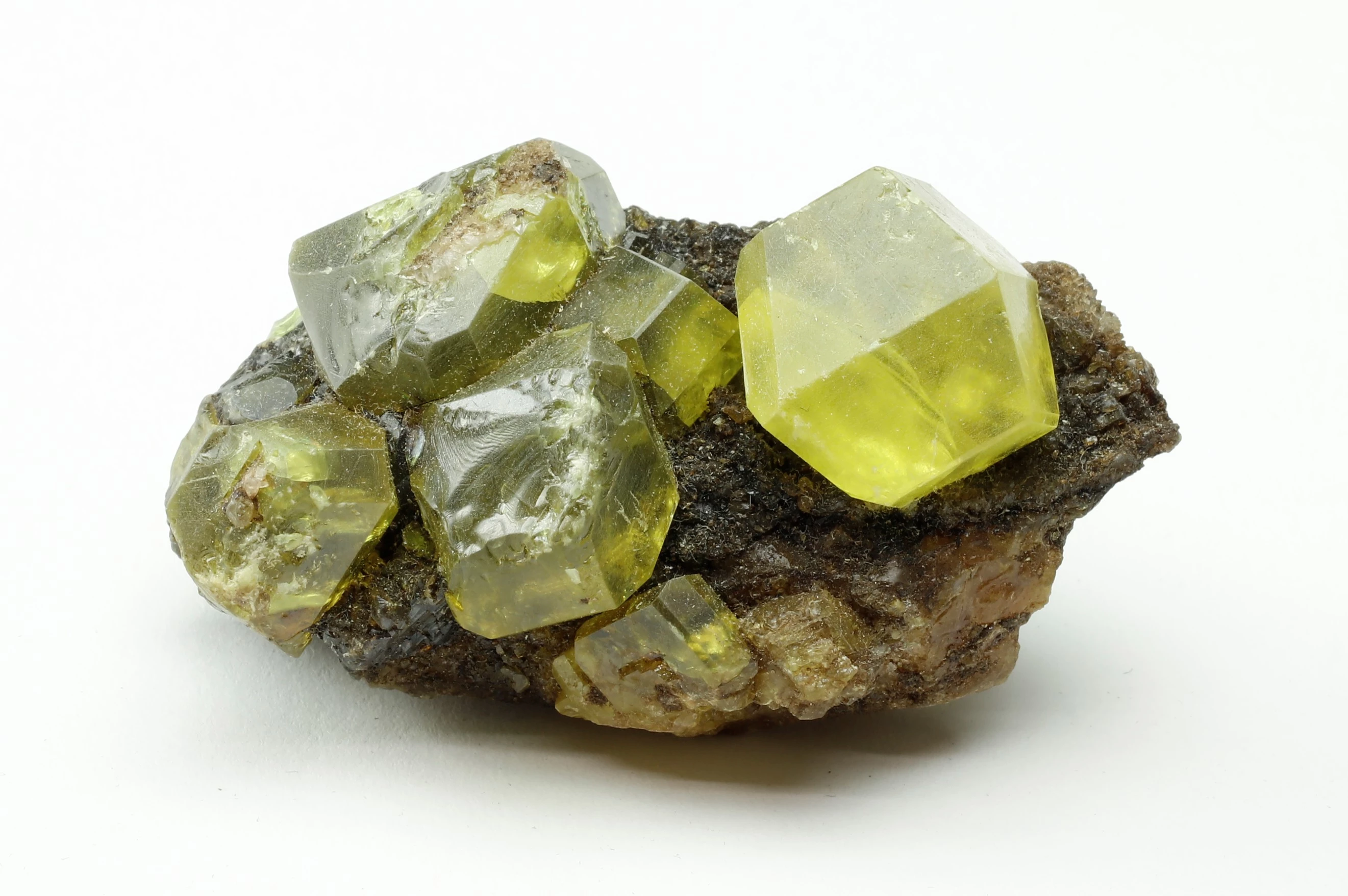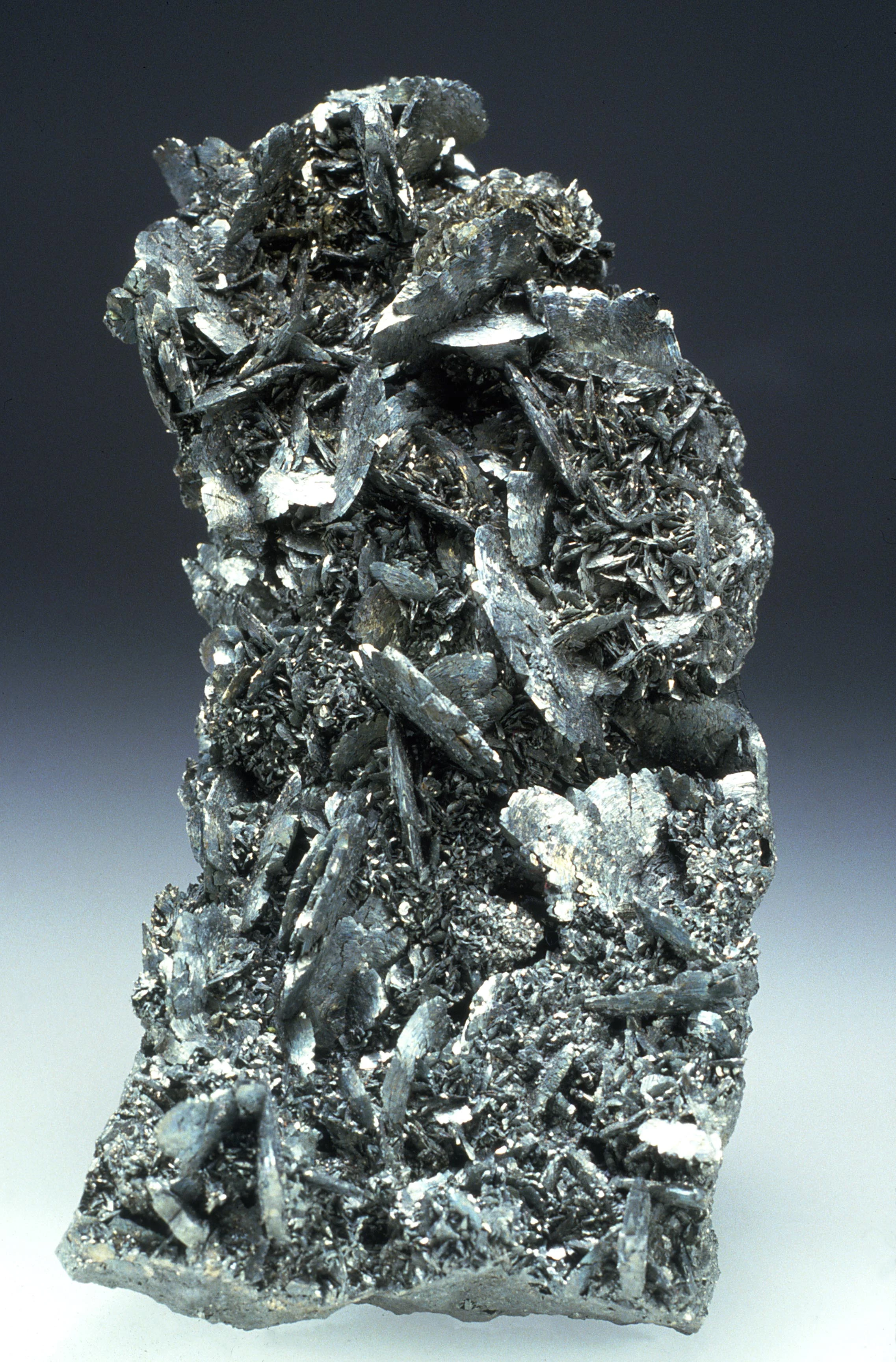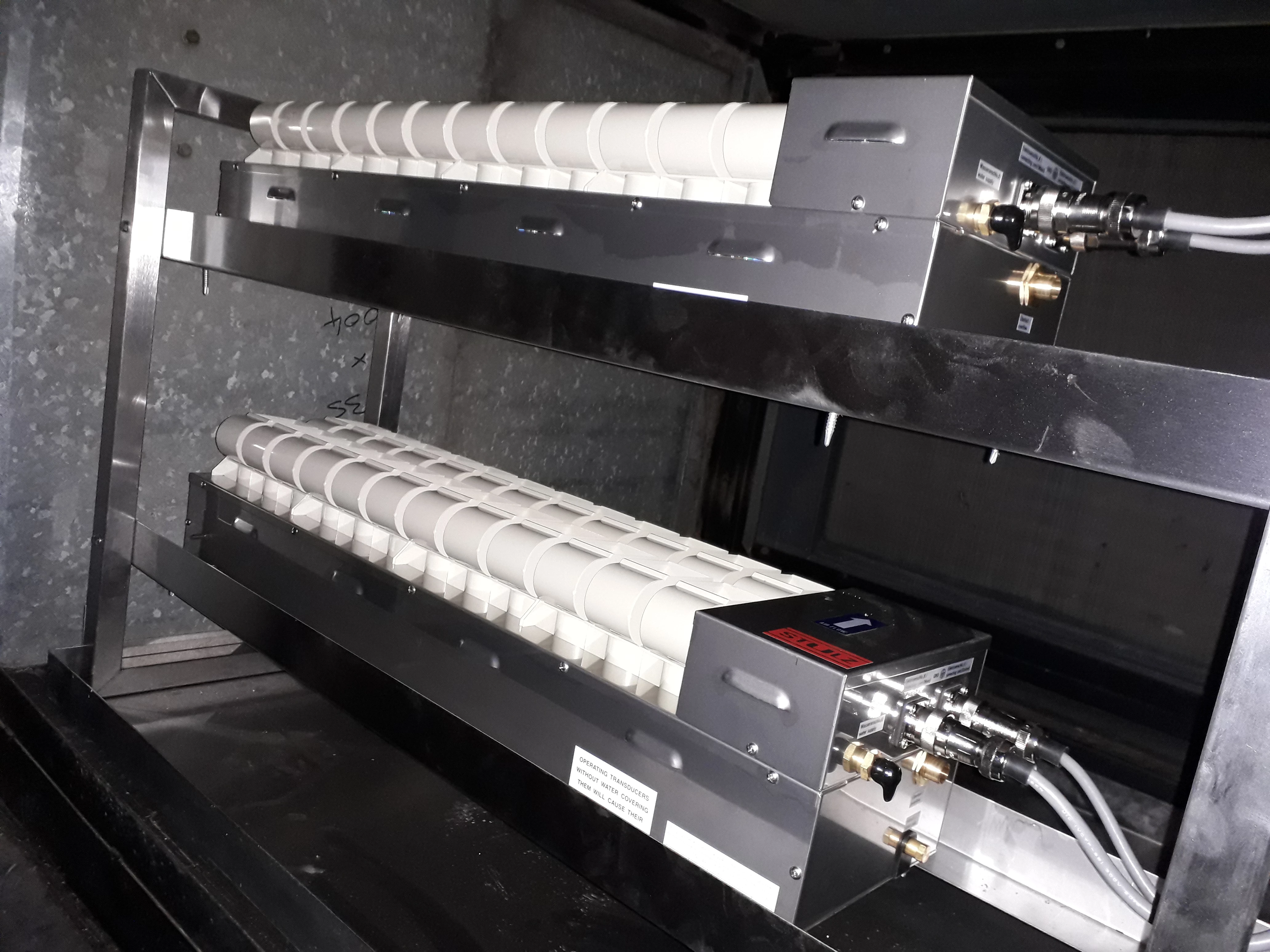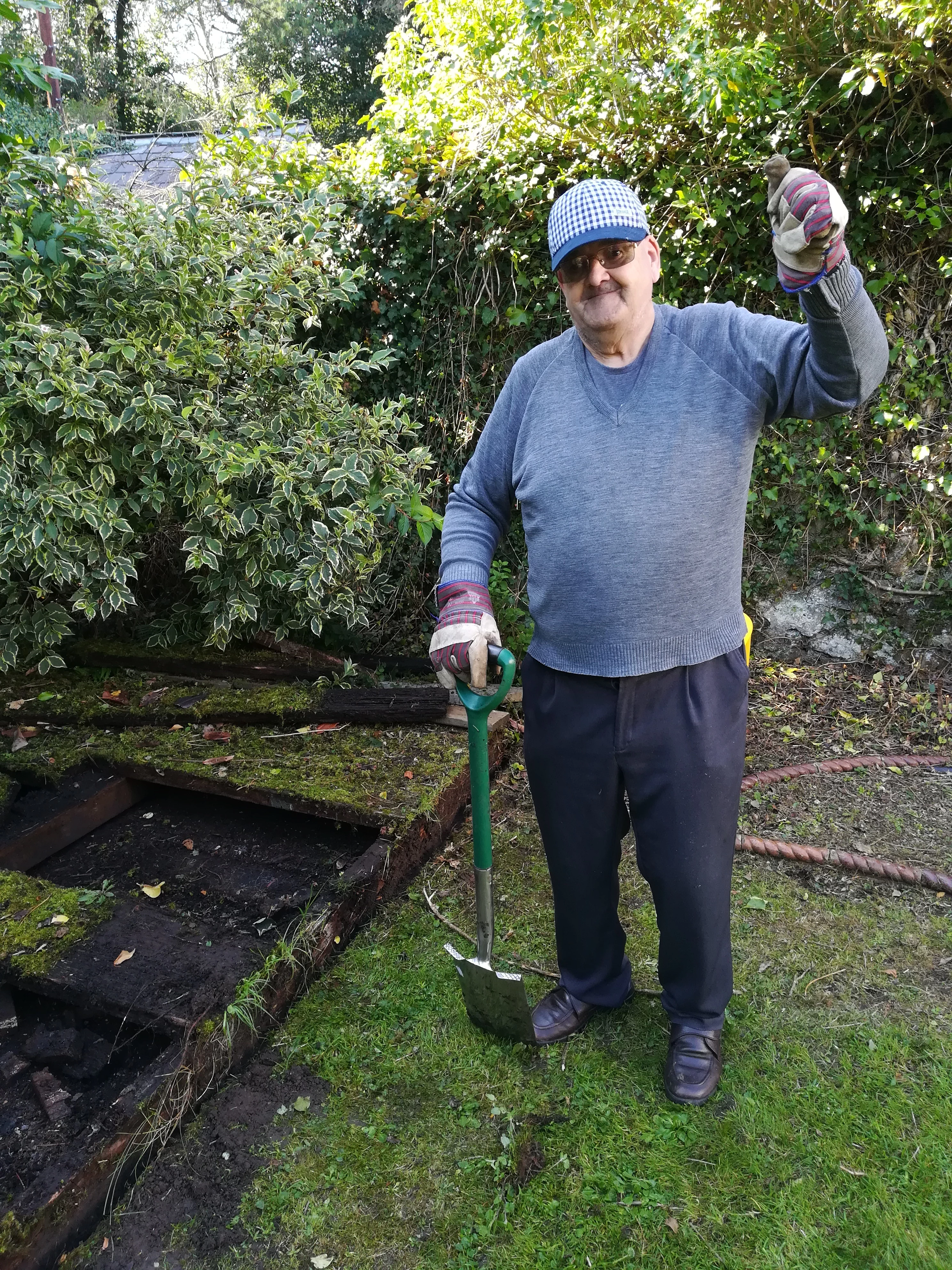Palwch er Iechyd a Lles
, 29 Ebrill 2020
Roedd gerddi cynnyrch a blodau yn rhan nodweddiadol o gartrefi Glowyr. Man pwysig lle tyfwyd bwyd, lle'r oedd colomennod, ieir ac yn aml mochyn hefyd yn cael eu cadw. Sharon Ford yw Rheolwr Dysgu a Chyfranogi yn Big Pit Amgueddfa Lofaol Cymru. Ysgrifennodd yr erthygl hon ar gyfer ein blog, i ddathlu buddion iechyd a lles garddio - yn enwedig yn ystod y cyfnod cloi hwn. Mae'n llawn llawenydd garddio ac awgrymiadau a chynghorion defnyddiol, a chafodd Sharon fwy nag ychydig o help gan gyd-arddwr brwd - ei mab, Iwan.
‘We may think we are nurturing our garden, but of course it's our garden that is really nurturing us’
Jenny Uglow
Dwi erioed wedi bod mor ddiolchgar am fy ngardd. Mae’n cynnig lloches y tu hwnt i bedair wal y tŷ. Mae’r tywydd braf wedi’n galluogi ni i fod tu allan pan nad ydym yn gweithio, i fynd o dan draed pan fyddwn angen ychydig o lonydd, ac wrth gwrs i roi mwy o sylw nag arfer i’r ardd. Mae bod â rhywbeth i gynllunio a chanolbwyntio arno wedi bod yn wych am dynnu’n meddyliau oddi ar yr argyfwng byd-eang a bod oddi wrth deulu a ffrindiau. Mae hyd yn oed ein mab 8 oed bywiog, Iwan wedi bod yn ymwneud mwy â’r ardd eleni, gan gynllunio pa lysiau mae eisiau eu cynaeafu a’u bwyta mewn ychydig fisoedd, ac mae’r awyr iach a’r gweithgarwch yn ei flino erbyn diwedd y dydd. Mae hyn yn bwysig gan ei fod arfer cael gwersi nofio, gymnasteg a rygbi.
Mae effaith bositif garddio ar iechyd corfforol a meddyliol yn hysbys i bawb, a gall helpu gyda nifer o broblemau fel pwysau gwaed uchel, gorbryder yn ogystal â phroblemau iechyd meddwl mwy difrifol.
Rydyn ni’n arbennig o lwcus i gael gardd adref a rhandir dros y ffordd. Nid pawb sydd mor lwcus, ond gall dim ond ambell i bot o blanhigion neu blannu llysiau mewn corneli a chilfachau leihau straen a hybu hunan barch. Mae gofalu am blanhigion tŷ yn rhoi teimlad o bwrpas i rywun, ac mae’n lle da i gychwyn os nad oes gennych brofiad o arddio.
Gofynnais i Iwan os oedd eisiau rhannu ei gyngor ar dyfu a gofalu am blanhigion – mae’n arddwr profiadol erbyn hyn, gan ei fod wrthi ers yn blentyn bach. Roedd hefyd eisiau rhannu ei gyngor ar gadw ieir, rhag ofn bod unrhyw un yn meddwl cael ieir i’w cadw’n hapus! Mae llawer o dystiolaeth am fuddion therapiwtig cadw ieir hefyd.
Fy enw i yw Iwan Ford. Rwy’n 8 oed ac yn byw yn Blaenafon. Y dyddiau hyn, rydw i adref gyda Mam a Dad drwy’r amser. Mae’n iawn, ond rwy’n colli fy ffrindiau a fy nghefndryd. Rydyn ni’n lwcus iawn achos mae ganddo ni ddwy ardd a dwy iâr. Enwau’r ieir yw Barbara a Millie. Roedd gen i iâr arall o’r enw Penny, ond roedd hi’n sâl iawn a bu farw ychydig wythnosau yn ôl. Fe wnaethon ni ei chladdu yn yr ardd.
Fe gawson ni Millie pan glywodd rhywun fod Barbara ar ben ei hun. Silkie yw Millie, ac mae’n ddoniol iawn ac yn drwsgwl. Mae ganddi draed mawr ac mae’n cerdded dros bopeth. Mae’n gyfeillgar iawn ac yn fy nilyn rownd yr ardd. Mae gan ieir silkie glustiau glas a phlu blewog. Iâr fantam yw Barbara, ac mae ganddi blu hardd iawn. Mae plu oren o gwmpas ei gwddw. Mae’n dodwy wyau bach iawn ond mae nhw’n flasus iawn. Mae nhw’n amlwg yn ieir hapus iawn.
Rwy’n helpu Mam a Dad gyda’r garddio achos mae ganddo ni randir a gardd wrth y tŷ. Rwy’n hoffi plannu, dyfrio a hel llysiau a ffrwythau. Mae gen i ardd lysiau fach fy hun ac rwy wedi plannu ffa Ffrengig, pwmpen, maro a ffa coch yn barod. Mae hadau angen pridd da a digon o gompost, haul a dŵr. Rhaid i chi gofio dyfrio yn aml neu chewch chi ddim planhigion.
Cyngor plannu Iwan:
- Llenwch y potiau gyda chompost. Rhowch yr hedyn i mewn. Weithiau byddwch yn llenwi hanner y pot gyda chompost, rhoi’r hedyn i mewn ac wedyn mwy o gompost. Weithiau byddwch yn llenwi’r pot a gwneud twll gyda’ch bys i roi’r hedyn i mewn. Cofiwch ddyfrio, a bydd yr hadau yn tyfu mewn ychydig wythnosau. Pan fyddan nhw wedi tyfu ychydig, a dim perygl o rew, gallwch eu plannu yn y ddaear.
- Dim gardd? Gallwch blannu tatws mewn bwcedi neu fagiau compost. Mae tomatos yn tyfu fel hyn hefyd.
- Cofiwch ysgrifennu enwau’r planhigion ar ffyn hufen ia a’u rhoi yn y potiau, er mwyn cofio beth yw beth.
Cyngor ieir Iwan:
- Dyw ieir silkie ddim yn crwydro achos dydyn nhw ddim yn hedfan, felly mae nhw’n berffaith ar gyfer gerddi bychan.
- Mae baw ieir yn dda i’r pridd. Pan mae’r compost baw ieir yn barod, gallwch ei gymysgu yn y pridd i gael planhigion mawr a chryf.
- Mae ieir yn hoffi cynrhon blawd. Rydyn ni’n rhoi rhai i’r ieir ac yn rhoi rhai i adar yr ardd hefyd. ‘Beaky and Feather’ yw hoff fwyd ieir, ac mae’n gwneud i’w plu sgleinio.

